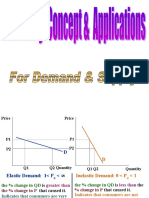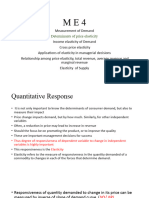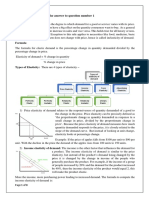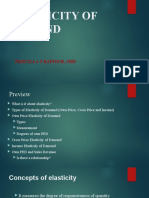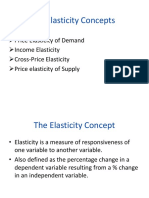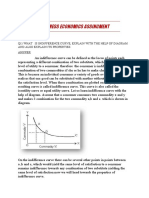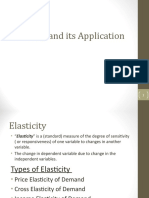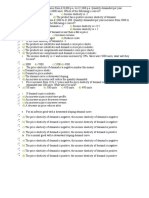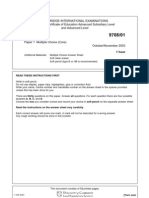0% found this document useful (0 votes)
44 views32 pagesECO Notes
The document contains notes on microeconomics, covering key concepts such as elasticity, utility, production and cost, and competition. It defines various types of elasticity, including price elasticity of demand and supply, and discusses the factors influencing them. Additionally, it explains the utility theory, marginal utility, and consumer equilibrium, emphasizing the relationship between consumer behavior and satisfaction derived from goods and services.
Uploaded by
Sethu MdanyanaCopyright
© © All Rights Reserved
We take content rights seriously. If you suspect this is your content, claim it here.
Available Formats
Download as DOCX, PDF, TXT or read online on Scribd
0% found this document useful (0 votes)
44 views32 pagesECO Notes
The document contains notes on microeconomics, covering key concepts such as elasticity, utility, production and cost, and competition. It defines various types of elasticity, including price elasticity of demand and supply, and discusses the factors influencing them. Additionally, it explains the utility theory, marginal utility, and consumer equilibrium, emphasizing the relationship between consumer behavior and satisfaction derived from goods and services.
Uploaded by
Sethu MdanyanaCopyright
© © All Rights Reserved
We take content rights seriously. If you suspect this is your content, claim it here.
Available Formats
Download as DOCX, PDF, TXT or read online on Scribd
/ 32









